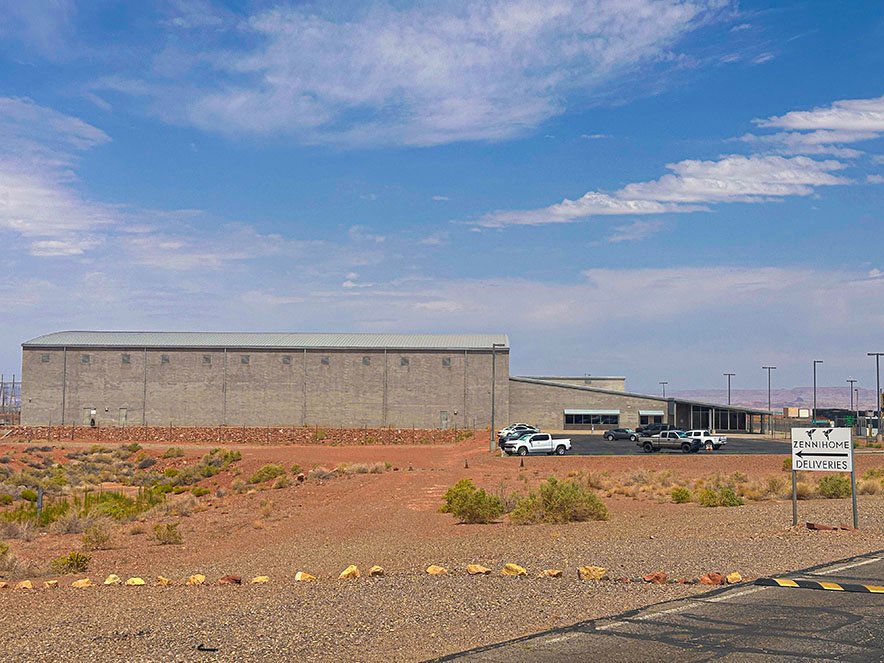
Some might argue that a government shutdown could impact the Surface Transportation Board’s (STB) ability to assess the competitive aspects of the proposed Union Pacific-Norfolk Southern merger. But honestly, it seems irrelevant because the STB has already been weakened since President Trump dismissed members he believed opposed the merger.
And just to emphasize his point, the president later met with the head of Union Pacific Railroad, who is closely associated with his new CEO, and showered him with praise. STB members are likely aware of what is expected of them, and they know it’s their responsibility to ensure that outcome.
My father-in-law worked as a conductor for a freight railroad for over 40 years. From chats I had with him before he retired, I learned that unregulated railroad power once drove the establishment of American antitrust laws. These laws aimed to shield farmers, shippers, and consumers from the caprices of railroad executives who controlled pricing and routes. Despite a century of legal precedent, we seem to be heading back to an era where a few powerful individuals dictate who accesses our nation’s critical transport routes.
Over the next 18 months, the STB will be busy analyzing how the formation of what could be the nation’s strongest rail monopoly will supposedly enhance competition and lower shipping costs. They’ll host numerous public hearings, sift through countless submissions from those affected, invest millions in economic consulting, and produce extensive reports justifying decisions that might have already been made.
The one mystery, at this point, is where the president will choose to commemorate the completion of the new transcontinental railroad.
Interestingly, the Golden Spike ceremony for the first transcontinental railroad in 1869 didn’t go exactly as planned. Central Pacific Railroad President Leland Stanford and Union Pacific Vice President Thomas Durant gently tapped the last gold spikes into place with care, trying not to damage the ceremonial hammer or the spikes.
After that, they switched to using iron spikes and moldings, which were linked to the transcontinental telegraph line so that the public could hear the spikes being driven in. Stanford ended up missing the mark entirely, and Durant struggled to land the hit. In fact, it was a regular railroad worker who stepped in to drive the final spike, with a Western Union telegrapher ultimately sending the long-awaited message: “Done.”
Future Golden Spike ceremonies will likely unfold without a hitch, but their symbolism will be unmistakable. Many will push for claims like improved service and decreased prices. Yet, where the golden spike of 1869 signified new beginnings, this time it may stand for a conclusion of competition.
Unlike the historic message of “DONE,” the current message our nation’s shippers will likely receive is “YOURMOVE.” This won’t be a celebration but a stark reminder that the power dynamics have firmly shifted against them. Once the high-ranking officials depart, they’ll be left to navigate the challenge of ensuring better service and lower prices from a railroad that commands unmatched market influence in the country.







